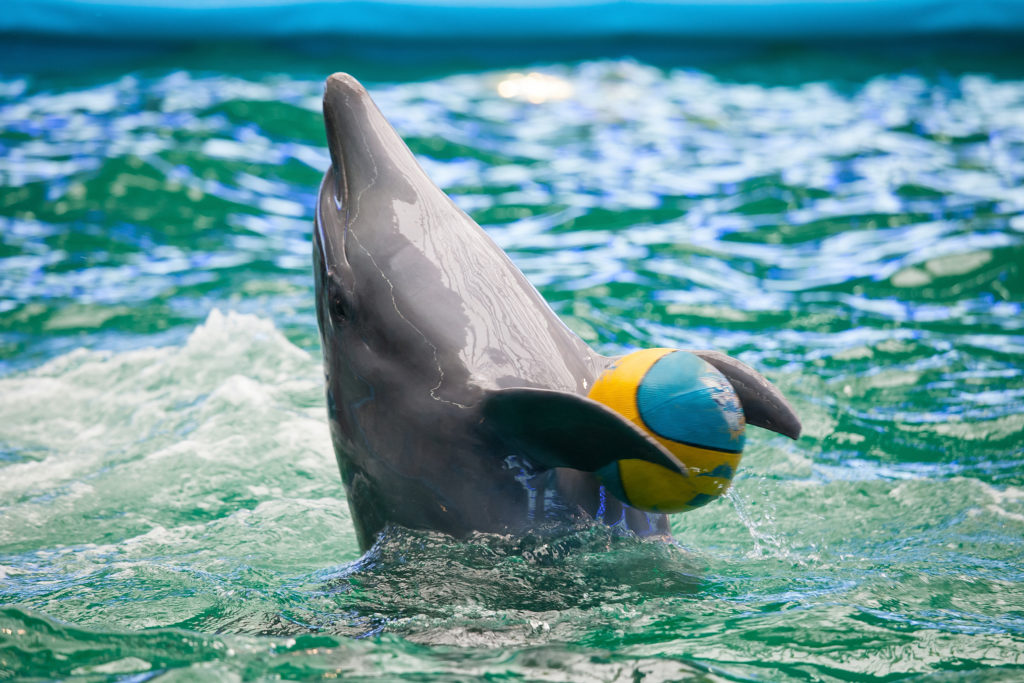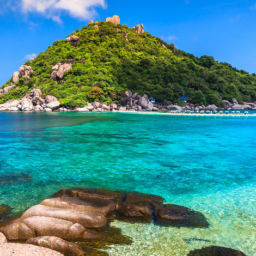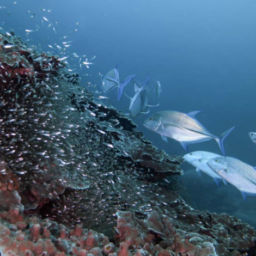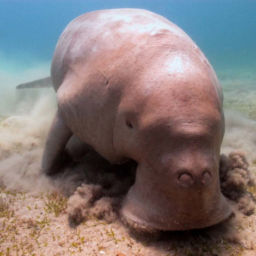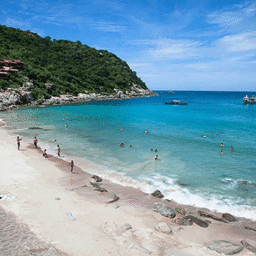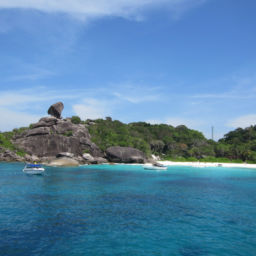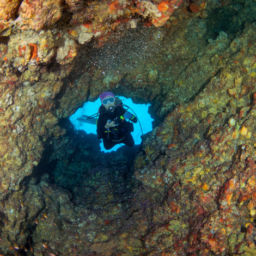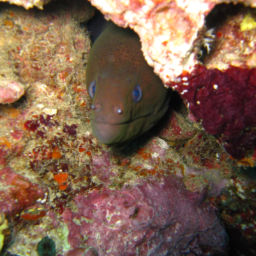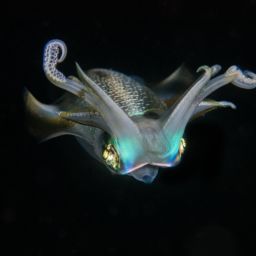Phuket, one of Thailand’s most popular tourist destinations, is famous for its beaches, clear waters, and rollicking nightlife. As a region that sees more than 3 million tourists annually, Phuket offers much more than this. But not everything is as sunny as the beaches. Dolphin Bay Phuket is a relatively new aquarium, built in 2014. The facility has come under fire for housing captive dolphins, conducting daily dolphin shows, and offering swim-with-the-dolphins experiences in enclosed pools. Visitors can also have their picture taken with a dolphin on a “stage.”
What’s wrong with captive dolphins?
So, what’s the problem? As with any tourist attraction that includes direct contact with captive wild animals, that it is not how these animals — be they elephants or dolphins — are meant to live their lives. Living in captivity and being forced to perform is stressful harmful, and disrespectful to them. They can’t swim freely, hunt for food, or fulfill any other natural instincts. These are key to their mental and physical health. According to the Whale and Dolphin Conservation Society (WDC), captive whales and dolphins are prone to mental and physical stress. This stress impairs their immune systems. Despite living in an environment free of predators and other natural risks, captive animals live far shorter lives than their free counterparts.
The shorter life span also means that aquariums must often bring in new animals to replace those that have died. Capturing these animals from the wild is often far from ethical, as evidenced by the award-winning documentary “The Cove.”
Adding people to small pools to swim with the animals and take photos only makes matters worse. There is no comparison between swimming or diving with wild dolphins — who may freely seek out human interaction and are free to leave — and forcing animals to “play” with humans in enclosed pools.
The problem with Dolphin Bay Phuket
At Dolphin Bay Phuket, the holding pools are much too small for the animals to stay healthy, per many observers including local dive instructor and activist Natasha Eldred. While there are separate isolation pools for ill animals, there is no direct channel between the main pools and the isolation pools. This means that the animal handler can, only with great difficulty, transport the sick animals to the isolation pools. The entire place, says Eldred, meets only the bare minimum of regulations. The facility looks like a throwback to a 1980s animal-show design. And since even the best, most updated of these cetacean entertainment facilities is unsuitable for long-term animal keeping, Dolphin Bay Phuket is likely to be detrimental to the health of its dolphins.
There have been local protests against the dolphinarium since it opened, but these have proven unsuccessful. And as public protests are illegal in Thailand, there is only so much local activists can do. The best — and effectively only — way to ensure the facility fails is to educate the locals and tourists. Urge them to not give their money to such a venue.
As scuba divers, or simply as human beings who care about animal welfare, we should never visit venues that offer direct interaction with animals in captivity, such as elephant rides or swimming with captive dolphins. And we should be skeptical of any tourist offerings including animals, from zoos to whale-watching trips. Do your research before you participate in any activity like this. And if you’re traveling to Thailand any time in the future, do the dolphins a favor and strike Dolphin Bay Phuket from your must-visit list.


